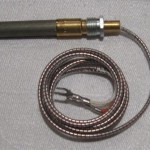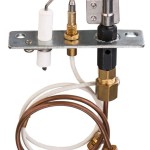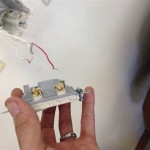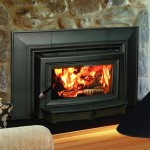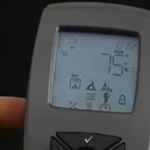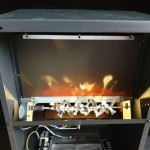Chimneyless Wood Fireplaces: A Guide to Essential Aspects
Chimneyless wood fireplaces offer a unique and convenient way to enjoy the warmth and ambiance of a wood fire without the need for a traditional chimney. These fireplaces use advanced technology to vent combustion gases safely through a wall or roof, making them a viable option for homes without existing chimneys or those with space constraints. Understanding the essential aspects of chimneyless wood fireplaces is crucial before making a purchase and ensuring safe and enjoyable use.
Fuel Efficiency and Heat Output
Chimneyless wood fireplaces can vary significantly in fuel efficiency and heat output. Some models utilize catalytic technology, which burns wood more efficiently by breaking down emissions, while others rely on advanced combustion systems that optimize airflow and fuel usage. A fireplace's efficiency rating, measured in British Thermal Units (BTUs), indicates the amount of heat it produces relative to the fuel consumption. Higher BTUs generally indicate greater heating capacity.
Venting and Safety Features
One of the defining characteristics of chimneyless wood fireplaces is their ability to vent combustion gases without a traditional chimney. Venting systems typically involve a metal pipe that carries gases through an exterior wall or roof. It is crucial to ensure that the venting system is properly installed and maintained to prevent gas leakage and carbon monoxide poisoning. Most chimneyless fireplaces also incorporate safety features such as oxygen depletion sensors and automatic shut-off mechanisms to protect against hazardous conditions.
Design and Aesthetics
Chimneyless wood fireplaces come in various designs and styles to complement different home décor preferences. Modern models often feature sleek, contemporary lines, while more traditional designs draw inspiration from classic wood stoves. Some fireplaces incorporate decorative elements such as ceramic tiles or faux brick facades to enhance their aesthetics. The choice of design should align with the overall style and ambiance of the space.
Fuel Type and Maintenance
Chimneyless wood fireplaces typically burn seasoned hardwood logs, pellets, or smokeless fuels. The type of fuel used will depend on the specific fireplace model and user preference. Regular maintenance is essential to ensure optimal performance and longevity. This includes cleaning the glass, replacing the catalytic converter periodically if applicable, and having the vent system inspected annually by a qualified technician.
Cost and Installation
The cost of a chimneyless wood fireplace varies depending on the model, features, and installation complexity. While they can be more expensive than traditional fireplaces, they offer advantages such as convenient installation, space efficiency, and lower maintenance costs over time. Professional installation is highly recommended to ensure proper venting and safety.

Can I Have A Stove Without Chimney Stovax Gazco

A Chimney Less Fire Pit For The Indoors Core77

5 Types Of Fireplaces For Apartments Homes Without Chimneys Modern Blaze

Can I Have A Stove Without Chimney Stovax Gazco

Fires Choices For Homes Without Chimneys Wakefords Fireplaces And Stoves

Can I Have A Stove Without Chimney Stovax Gazco

Can I Have A Fireplace Without Chimney Enviro Flame

Neverdark Chalet I In

Neverdark Chalet I In

Can I Have A Stove Without Chimney Stovax Gazco
Related Posts

